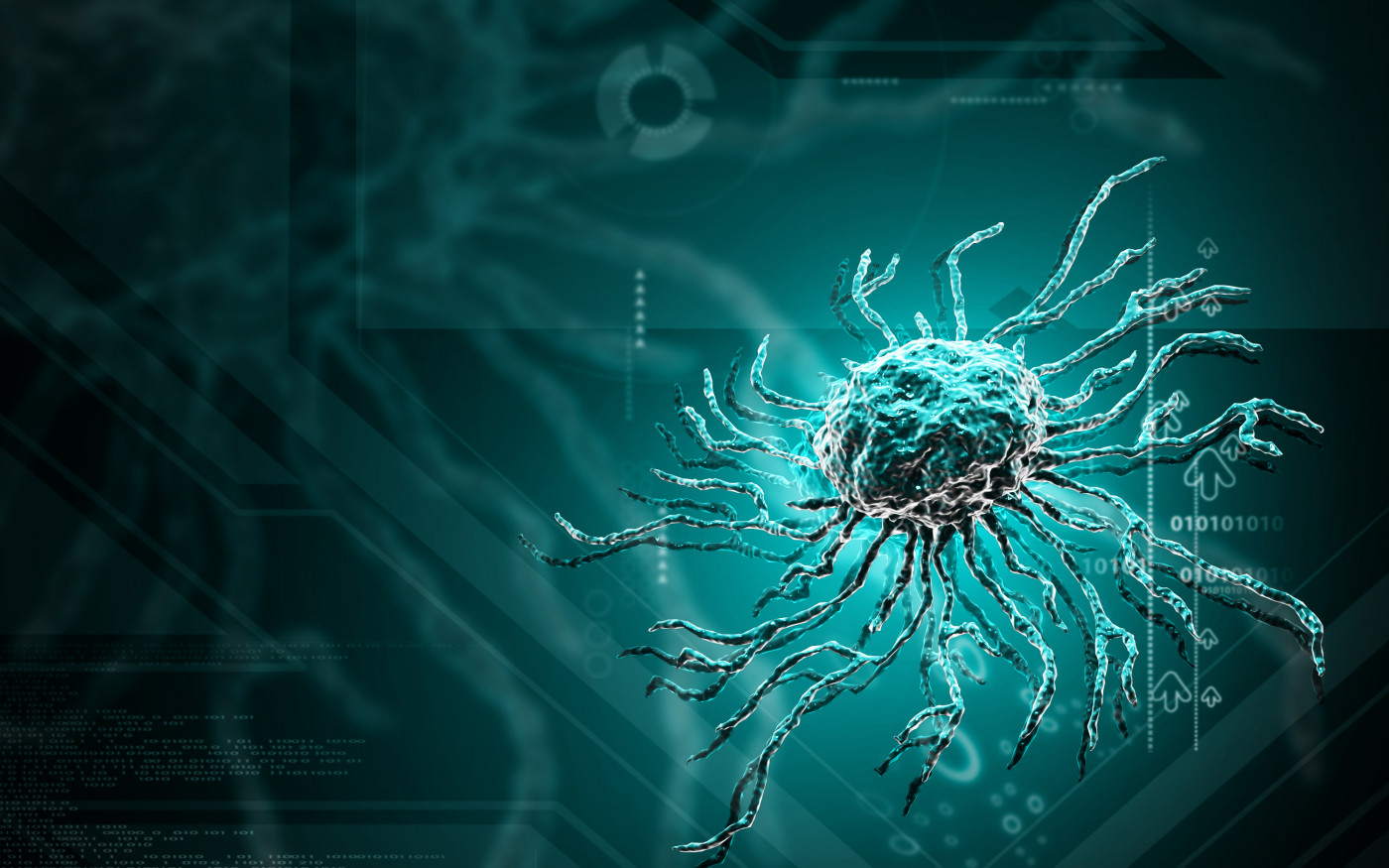Potential for Stem Cells to Repair Myelin Focus of University Toronto Team

Teams of scientists at the University of Toronto are sharing a nearly CA$21 million (about $16.36 million) award into research that might lead to self-repair treatments for multiple sclerosis (MS) and other neurological disorders, the university announced in a press release.
Eleven teams at the university and its partner hospitals will share the three-year grant from Medicine by Design, a University of Toronto research initiative focused on advancing regenerative medicine and cell therapy through interdisciplinary research.
Freda Miller, PhD, a neuroscientist who heads one these teams, will investigate the use of stem cells to promote the repair of myelin and muscle.
Myelin forms a protective coating surrounding neurons, insulating the nervous impulses they conduct from being lost during transmission. Disruptions to these nerve impulses underly many of the symptoms seen in MS, such as numbness and tingling, muscle spasms, and walking difficulties.
Miller has a longstanding interest in neurons and the brain. She shifted her research focus to the regenerative capacity of stem cells some 15 years ago, curious about whether these cells could be purposefully used to treat brain injury or disease. Stem cells are a class of immature cells that have the potential to grow into many other cell types, an ability that makes them attractive as a tool for regenerating lost cells.
Growing full neurons and successfully integrating them into the brain’s complex networks of billions of other active neurons, however, seemed a distant goal.
Read more about stem cells and MS
“Even if you can convince the stem cells to make more neurons, those neurons then have to survive and they have to integrate into this really complex circuitry,” Miller said. “It just made sense to me that if we’re really going to test this idea of self-repair in the brain, we should go after something that’s more achievable biologically.”
Miller turned to the possibility of programming stem cells to promote myelin generation (remyelination) and repair. A potentially achievable goal, it is also one in which even small advances can prove meaningful.
“Even a little bit of remyelination could have a big impact,” Miller said. “You don’t have to win the whole lottery; you don’t have to have 100 per cent remyelination to have a measurable outcome.”
In addition to myelin repair, Miller’s team is investigating how to make more muscle using stem cells. Although this work focuses on muscular dystrophy, its applications extend to other settings, wherein muscle damage occurs, including age-related disorders.
Miller’s team, like others supported by Medicine by Design, contains a mix of expertise in biology, engineering, computer science, and other fields. Such diversity in backgrounds contribute to interdisciplinary approaches, wherein computer modeling and experimentation work together to build, test, and refine hypotheses.
This approach has seen some success in testing whether medicines already approved for other indications can affect stem cell behavior in a predictable and desired way — essentially repurposing existing medicines to new uses.
Miller and colleagues, in a published study last year, showed that the diabetes medication metformin has the potential to repair brain injury in children who underwent radiation therapy for brain tumors. To Miller’s knowledge, this study was the first to demonstrate that such brain repair is possible in humans.
“Science is like a playground right now,” Miller said. “The approaches we’re using allow us to find so much information on things we could only dream of before.”






